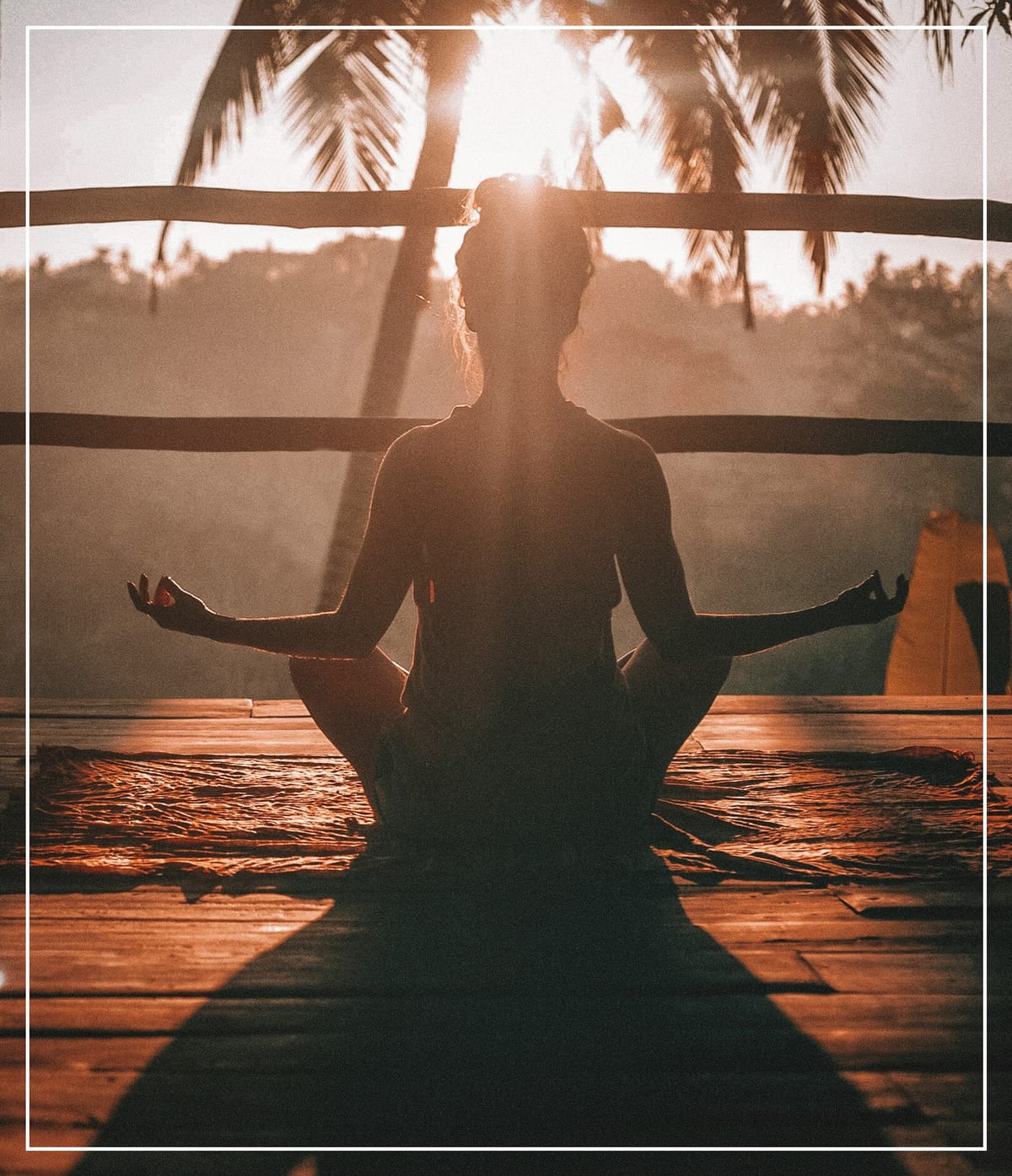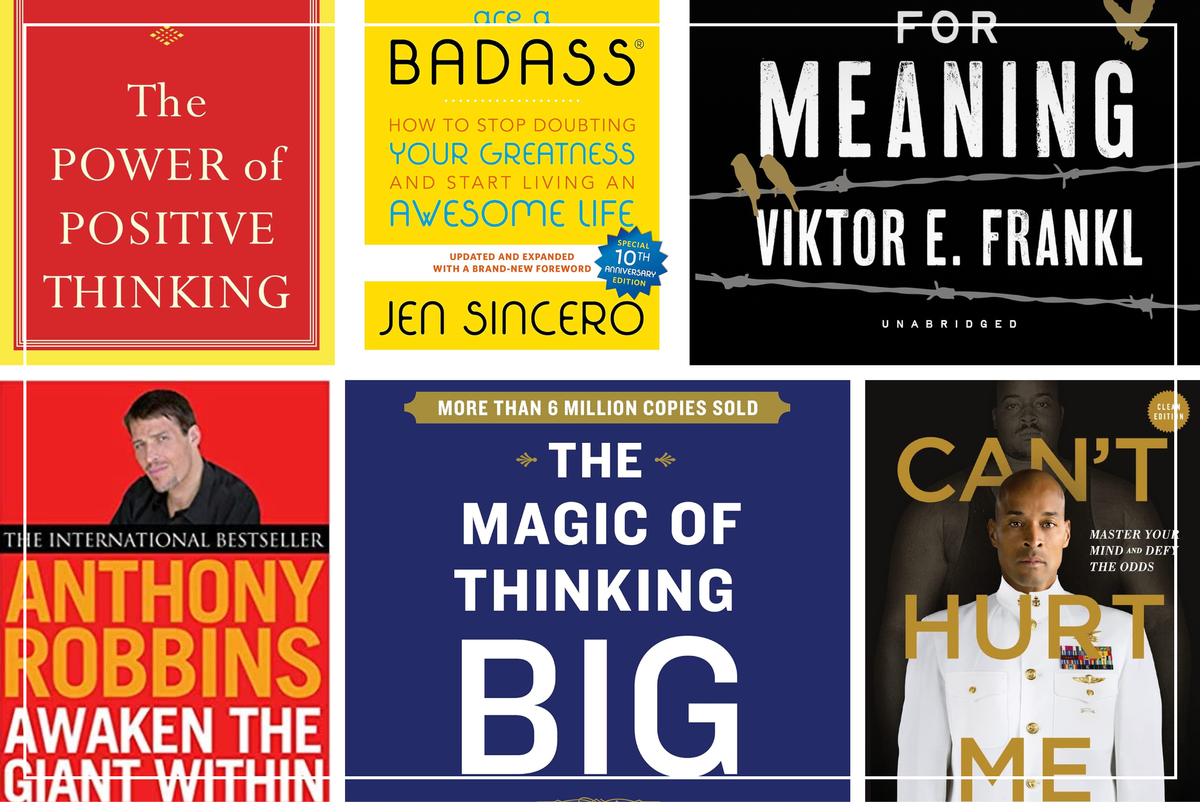6 Simple Steps to Start Practicing Gratitude Meditation Today
Learn how to start gratitude meditation with six simple steps that can enhance your well-being and mindfulness.

In today’s fast-paced world, stress and anxiety are common challenges we all face. More people are turning to mindfulness and meditation to cultivate peace and balance in their lives. One powerful yet simple practice is gratitude meditation, which focuses on fostering feelings of appreciation and thankfulness. Gratitude meditation not only reduces stress and boosts happiness but also rewires your brain to focus on positive aspects of life.
In this blog, we’ll walk through six easy steps you can follow to start practicing gratitude meditation today. Whether you are a complete beginner or someone looking to enrich their mindfulness routine, these simple steps will help you cultivate gratitude effortlessly. We’ll also explore references to well-known mindfulness books and provide additional gratitude practices that can enhance your meditation.
Table of Contents
- What is Gratitude Meditation?
- The Benefits of Gratitude Meditation
- Step 1: Set Your Intention
- Step 2: Find a Quiet, Comfortable Space
- Step 3: Focus on Your Breath
- Step 4: Reflect on What You Are Grateful For
- Step 5: Anchor the Feeling of Gratitude
- Step 6: End with Positive Affirmations
- Additional Gratitude Practices to Enrich Your Life
- Conclusion: Make Gratitude Meditation a Daily Practice
- Further Exploration: Discover More on Booksummary.io
What is Gratitude Meditation?
Gratitude meditation is a mindfulness practice where you focus your attention on the things in life you are thankful for. This type of meditation is designed to help you become more aware of the positive aspects of your life, even in the midst of challenges. Unlike traditional meditation, where the goal might be to clear the mind or focus on the breath, gratitude meditation encourages you to reflect on the people, experiences, and things that bring joy, comfort, or fulfillment.
Dr. Robert Emmons, a leading expert on the science of gratitude, explains in his book Gratitude Works! that cultivating gratitude through meditation can improve both mental and physical health, strengthen relationships, and increase overall well-being.
Gratitude meditation often involves reflecting on specific aspects of your life—whether it's loved ones, nature, health, or the small things that bring daily happiness. By consistently practicing this form of meditation, you train your mind to focus on the positives, leading to lasting changes in your mood and perspective.
The Benefits of Gratitude Meditation
Gratitude meditation offers numerous benefits, both immediate and long-term. Some of the key benefits include:
1. Enhanced Emotional Well-being

Regular gratitude practice helps reduce feelings of stress, anxiety, and depression. When you consciously focus on the good in your life, your brain releases dopamine and serotonin—neurotransmitters that are linked to happiness.
2. Improved Sleep Quality
Studies have shown that people who practice gratitude regularly fall asleep faster, sleep deeper, and wake up feeling more refreshed. When you reflect on positive thoughts before bed, it can help calm your mind and reduce insomnia.
3. Strengthened Relationships
Expressing gratitude can strengthen your relationships with others by fostering a sense of appreciation and connection. This has been highlighted in books like The Gratitude Diaries by Janice Kaplan, where she explains how gratitude transformed her personal relationships.
4. Increased Resilience
By regularly practicing gratitude meditation, you become more resilient in the face of adversity. The habit of focusing on what you are grateful for trains your mind to handle life’s challenges with a more positive outlook.
5. Boosted Self-esteem
Gratitude meditation can help you appreciate yourself and your accomplishments. When you acknowledge your successes and the people who have supported you, it fosters self-love and enhances confidence.
Now that you understand the benefits, let’s dive into the steps for practicing gratitude meditation.
Further Reading:

Step 1: Set Your Intention
Before beginning your meditation, take a moment to set your intention. An intention is a focused mindset that will guide your meditation practice. Your intention could be something as simple as “I want to cultivate more gratitude in my life” or “I am open to receiving and giving love today.”
Setting an intention helps anchor your practice and gives you a clear purpose for meditating. In The Miracle of Mindfulness by Thich Nhat Hanh, the author emphasizes the importance of being mindful of your intentions before starting any meditation practice. He explains that intention-setting helps you focus and find clarity in what you aim to achieve.
By clearly defining what you want to focus on, you make your gratitude meditation more meaningful and effective.
Step 2: Find a Quiet, Comfortable Space

Finding the right environment is crucial to any meditation practice. You’ll want to choose a quiet, comfortable space where you won’t be disturbed for the duration of your meditation. Ideally, this space should be free of distractions and clutter. Whether it’s a cozy corner in your home, a quiet room, or even a peaceful outdoor setting, make sure it’s somewhere you feel calm and at ease.
Sit comfortably, either on a cushion, chair, or on the floor, with your back straight and your hands resting on your knees or in your lap. It’s important to find a posture that allows you to relax but also stay alert.
Many experts, including Jon Kabat-Zinn in Wherever You Go, There You Are, stress the importance of creating a conducive space for meditation. He points out that your environment plays a significant role in the quality of your mindfulness practice.
Step 3: Focus on Your Breath
Once you’ve found your space, close your eyes and bring your attention to your breath. Take a few deep breaths, inhaling through your nose and exhaling through your mouth. Let your breath flow naturally, and as you breathe, notice the sensation of the air entering and leaving your body.
Focusing on your breath helps you stay present and grounded during the meditation. It also calms the mind, allowing you to become more aware of your thoughts and emotions. If your mind begins to wander, gently bring your attention back to your breath.
This breathing technique is often referred to as "mindful breathing." In Breathe by James Nestor, the author delves into the power of mindful breathing and its impact on mental clarity and emotional well-being, making it an essential tool in any meditation practice.
Step 4: Reflect on What You Are Grateful For

Now that you are in a calm state, it’s time to bring your focus to gratitude. Begin by thinking about one thing in your life that you are deeply grateful for. It could be a person, an experience, or something as simple as the warmth of the sun or the comfort of your bed.
Allow yourself to fully experience the feelings of gratitude that arise as you focus on this thought. Picture the person or thing in your mind’s eye, and think about how it makes you feel. It’s important to immerse yourself in the moment and let those feelings of appreciation fill your heart.
If you’re struggling to think of things you are grateful for, try breaking it down into categories, such as relationships, health, work, or nature. Gratitude expert Robert Emmons recommends keeping a gratitude journal where you list at least three things each day that you are thankful for. This simple practice can be a valuable tool for your meditation.
Step 5: Anchor the Feeling of Gratitude
Once you’ve focused on the things you are grateful for, take a moment to truly anchor those feelings in your body and mind. How does gratitude feel in your heart? Is there a sense of warmth, lightness, or peace? Tune in to these sensations, and allow them to grow and expand throughout your entire being.
Anchoring the feeling of gratitude helps you solidify this emotional state, making it easier to recall during moments of stress or hardship. You can use this technique to rewire your brain to focus on the positive aspects of life. Neuroscientists have discovered that gratitude can reshape neural pathways, encouraging the brain to seek out more positive experiences. By anchoring gratitude, you effectively train your mind to dwell on the good, even during challenging times.
In The Upward Spiral by Dr. Alex Korb, the author explores how positive emotions like gratitude can create a feedback loop in the brain, leading to increased happiness and decreased anxiety. Anchoring these positive emotions helps you harness their power in everyday life.
Step 6: End with Positive Affirmations
As you conclude your gratitude meditation, it’s helpful to seal the practice with a few positive affirmations. Affirmations are short, powerful statements that reinforce positive beliefs and attitudes. You can create your own affirmations based on the things you are grateful for, or you can use simple, universal phrases such as:
- “I am grateful for the abundance in my life.”
- “I am open to receiving and giving love.”
- “I appreciate the beauty and blessings around me.”
These affirmations help to lock in the positive emotions you’ve cultivated during the meditation. You can speak them out loud or repeat them silently to yourself. The goal is to leave the meditation feeling empowered, grateful, and open to the possibilities in your life.
In You Are a Badass by Jen Sincero, the author discusses how powerful affirmations can help shift your mindset and reinforce a positive attitude towards life’s challenges.
Further Reading:

Additional Gratitude Practices to Enrich Your Life
Incorporating gratitude meditation into your routine is a fantastic start, but there are additional practices that can help you deepen your gratitude and enhance its benefits. Here are a few ideas:
1. Gratitude Journaling
Keeping a gratitude journal is one of the most effective ways to consistently practice gratitude. Each day, write down three to five things you are thankful for. They can be small, like a good cup of coffee, or large, like the support of loved ones. Over time, this simple practice helps reframe your mindset and encourages you to seek out positive experiences.
In The Gratitude Diaries by Janice Kaplan, the author shares her year-long journey of practicing gratitude and how it transformed her life.
2. Expressing Gratitude to Others
Taking the time to express gratitude to the people in your life can strengthen your relationships and boost your own feelings of well-being. You can write thank-you notes, send a thoughtful message, or simply tell someone you appreciate them. The act of expressing gratitude not only lifts the spirits of others but also deepens your own sense of connection and contentment.
3. Gratitude Walks

Another mindful way to practice gratitude is by taking a “gratitude walk.” As you walk in nature or around your neighborhood, focus on the things you are grateful for—whether it’s the beauty of the trees, the fresh air, or the opportunity to move your body. This simple practice combines the benefits of physical activity with the emotional boost that comes from gratitude.
4. Daily Gratitude Rituals
Incorporate gratitude into your daily routine by creating small rituals. For example, before eating a meal, take a moment to appreciate the food on your plate and all the hands that contributed to it. Before going to bed, reflect on three positive things that happened during the day. These small moments of gratitude can have a profound impact on your overall outlook on life.
Further Reading:

Conclusion: Make Gratitude Meditation a Daily Practice
Gratitude meditation is a simple yet powerful practice that can transform your mental, emotional, and physical well-being. By taking a few moments each day to reflect on the things you are grateful for, you train your mind to focus on the positives, increase your resilience, and enhance your happiness. As you start incorporating these six steps into your meditation routine, you’ll begin to notice the ripple effects in other areas of your life.
Gratitude isn’t just a feeling—it’s a habit. By consistently practicing gratitude meditation, you create lasting changes in your brain and mindset, leading to a more fulfilling, peaceful life.
Further Exploration: Discover More on Booksummary.io
If you’re interested in diving deeper into the practice of gratitude and mindfulness, booksummary.io offers a wealth of resources to explore. From books like Gratitude Works! by Robert Emmons to The Gratitude Diaries by Janice Kaplan, you’ll find summaries that distill the key lessons from these insightful works, making it easy to incorporate more gratitude into your life.
Explore our curated selection of mindfulness, self-help, and personal growth books at booksummary.io and start your journey towards a more positive and grateful mindset today!




